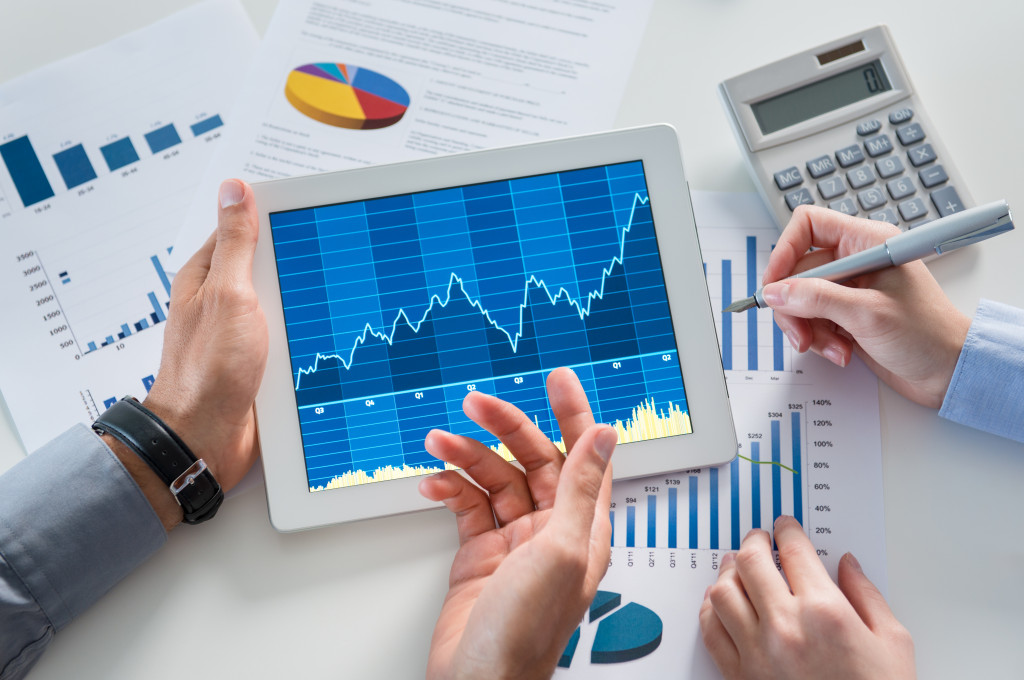There is no doubt that the pandemic caused a major economic downturn. Numerous industries now suffer the wrath of the coronavirus crisis. If your business is still operational a few months after the pandemic hit the globe, then your brand is among the chosen few that managed to thrive mid-crisis.
Your main priority these days could be the health and safety of both your customers and your employees. But with all the health and safety regulations you need to comply with, your expenses can easily skyrocket as you struggle to make enough profit to support your brand. Now, your financial resilience is placed on the test.
With the pandemic threatening your business finances, it pays to invest in strategies that will allow you to optimize your business costs. Note that cost optimization involves steps that can help you achieve more goals than simply reducing your costs. This can also mean identifying the right opportunities to boost your revenue while reducing the unnecessary impact on your brand.
How to Determine Cost Opportunities Mid-Pandemic
Different businesses have varying cost-drivers. This usually depends on many factors, including the kind of industry you are in, who your clients and vendors are, and how you measure operational costs. Knowing what your cost-drivers are will make it easier for you to know which areas you can cut down costs and how you can save more money in the process.
For instance, most of your sales depend on clients you acquire with every successful business trip. Since there is currently a pandemic, you can opt for online conferences in the meantime. Only invest in business travels when necessity presents itself.
Nowadays, your concern goes beyond closing the business deal and acquiring the trust of your new clients or partners. This can involve saving money by reducing your travel expenses, finding affordable hotels near Changi Airport if you’re traveling in Singapore, and setting a realistic budget for food and transport.
Before allowing any employee to go on a business trip mid-pandemic, create a process that will evaluate employee safety, how you can monitor their compliance and ways, they can mitigate risks. You should provide enough assistance in case they run into an emergency. It is also your job to have a screening procedure to ensure everyone’s health and safety within the organization.
Identify Sustainable Opportunities

More often than not, businesses fail to realize that one of the reasons why they fail to save money is due to their unnecessary business costs. This can include wasted resources and failure to make the most out of their available technology. To reduce waste and optimize energy usage, identify sustainable opportunities, and start embracing eco-friendly tech innovations.
For example, if you’re still nursing incandescent lights, choose to make the LED and CFL switch. If you have equipment or appliances that are already reaching a decade old, then it is time to make an update. Also, consider energy-saving automation, system integration, and an energy audit to get the most out of your investment.
Understand the Repercussions of Trade-Offs
Before you make any business risk, be it reducing your employees’ working hours, boosting your online marketing efforts, or redesigning your business model, consider each tradeoff’s consequences. Weigh in the possible costs, risks, and revenue and how it can impact your customer service. Remember that every move you make can shape the future of your brand mid-pandemic.
Don’t take the possible risks for granted, as every move you make can easily have a domino effect on your company. Adjust your strategy only after weighing your options. Study the areas you can invest in that can have a little-to-no negative impact on your production, costs, customer service, and revenue.
The pandemic may have disrupted how you run your brand. But building resilience and finding ways to optimize your costs is a good way to ensure long-term sustainability. Don’t simply focus on cutting costs. Think about how you can improve your business capabilities. This way, you can mitigate risks and increase your chances of surviving the crisis.

